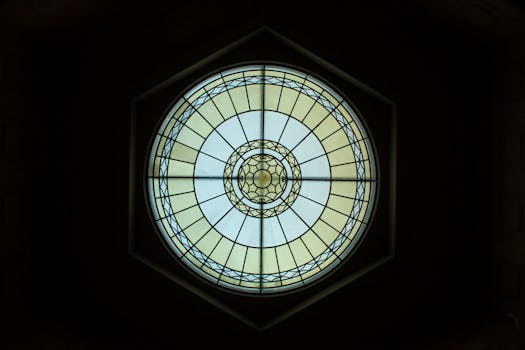
Traveling Through Time: How Europe’s Historical Heritage Shapes Modern Lifestyles in 2025
Traveling Through Time: How Europe’s Historical Heritage Shapes Modern Lifestyles in 2025. Europe, a continent steeped in history and heritage, has long been a source of fascination for people around the world. From the ancient ruins of Greece and Rome to the medieval castles of England and France, Europe’s rich cultural landscape is a treasure trove of historical significance. But how does this historical heritage continue to shape modern lifestyles in 2025? In this article, we’ll explore the ways in which Europe’s past informs its present, from architecture to art, cuisine, and beyond.
Architecture and Urban Planning
One of the most visible ways in which Europe’s historical heritage shapes modern lifestyles is through its architecture and urban planning. Many of Europe’s cities, such as Paris, Rome, and Barcelona, are characterized by historic buildings, monuments, and public spaces that have been preserved and restored over the centuries. These structures not only provide a glimpse into the past but also continue to serve as functional spaces for modern city dwellers. For example, the ancient Roman Colosseum in Rome is now a popular tourist destination and event venue, while the medieval streets of Prague’s Old Town are lined with shops, restaurants, and bars.
Art and Culture
Europe’s historical heritage has also had a profound impact on the continent’s art and culture. From the Renaissance masterpieces of Leonardo da Vinci and Michelangelo to the modernist movements of Picasso and Dalí, European art has long been a driving force behind cultural innovation. Today, this legacy continues to inspire artists, writers, and musicians, with many contemporary creatives drawing on historical themes and motifs in their work. The numerous museums and galleries that dot the European landscape, such as the Louvre in Paris and the Uffizi Gallery in Florence, are a testament to the enduring power of art to shape our understanding of the world and ourselves.
Cuisine and Food Culture
Food is another area in which Europe’s historical heritage plays a significant role in shaping modern lifestyles. The continent is renowned for its diverse and rich culinary traditions, from the pasta dishes of Italy and the tapas of Spain to the fine wines of France and the beers of Germany. Many of these culinary traditions have their roots in historical events and cultural exchange, such as the introduction of tomatoes from the New World to Italy in the 16th century or the influence of Arabic cuisine on Spanish cooking during the Moorish occupation. Today, these traditions continue to evolve and adapt to modern tastes and dietary preferences, with many European cities boasting a vibrant food scene that showcases the best of local and international cuisine.
Modern Applications and Innovations
Despite its rich historical heritage, Europe is also a continent that is deeply invested in innovation and progress. Many of the modern technologies and innovations that we take for granted today, such as the internet, mobile phones, and medical breakthroughs, have their roots in European research and development. The continent is home to numerous tech hubs, such as Silicon Roundabout in London and the startup scene in Berlin, where entrepreneurs and inventors are pushing the boundaries of what is possible. At the same time, Europe’s historical heritage continues to inform and inspire modern design and innovation, from the sleek lines of German engineering to the elegant minimalism of Scandinavian furniture.
In conclusion, Traveling Through Time: How Europe’s Historical Heritage Shapes Modern Lifestyles in 2025 is a complex and multifaceted topic that reflects the continent’s rich cultural landscape. From architecture and art to cuisine and innovation, Europe’s past continues to shape its present in profound and lasting ways. As we look to the future, it is clear that this historical heritage will remain an essential part of what makes Europe such a unique and fascinating place to live, work, and visit.





